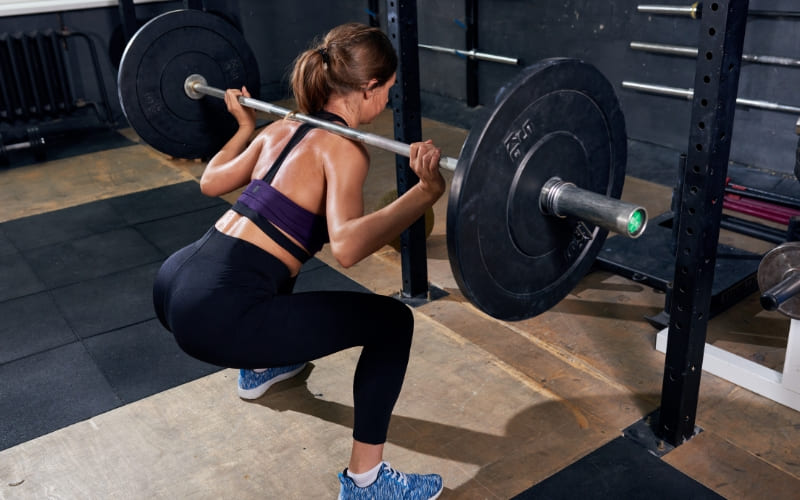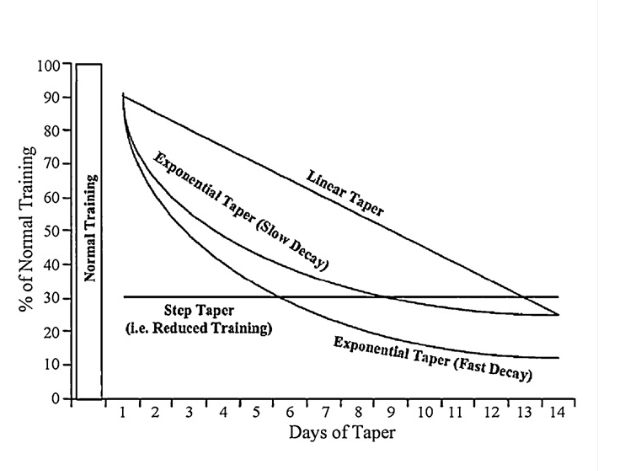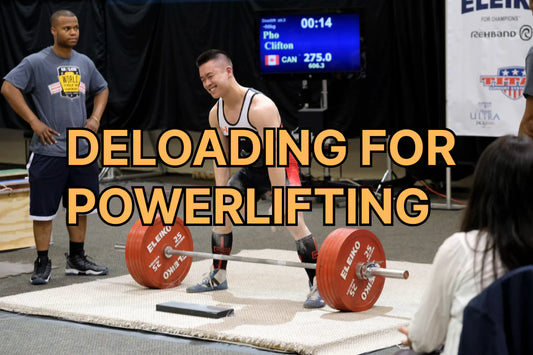
Peaking for a Powerlifting Meet: Timing Your Training for Optimal Performance
The final weeks leading up to a powerlifting meet are crucial for maximizing your strength and ensuring you're performing at your peak on competition day. Peaking for a powerlifting meet involves strategically adjusting your training volume and intensity in a process known as a powerlifting peaking program or taper powerlifting. This article will guide you through the principles of meet preparation powerlifting and help you time your training for strength peaking.
Understanding Peaking:
Peaking is the process of manipulating training variables to reduce fatigue while maintaining or even increasing strength in the lead-up to a competition. The goal is to arrive at the meet feeling fresh, strong, and ready to lift your heaviest.

Key Principles of Peaking:
- Reduce Volume: As the meet approaches, you'll gradually decrease the overall volume (total sets and reps) of your training to allow your body to recover from accumulated fatigue.

- Maintain or Increase Intensity: While volume decreases, you'll typically maintain or even slightly increase the intensity (percentage of your one-rep max) of your competition lifts to stay sharp and reinforce strength gains.

- Specificity: Focus your training on the competition lifts (squat, bench press, deadlift) and their variations, practicing with competition commands if possible.

- Proper Nutrition and Recovery: Prioritize optimal nutrition, hydration, and sleep to support recovery and ensure your body is primed for performance.

A Sample Peaking Timeline (General Guidelines):
- 4-6 Weeks Out: Begin gradually reducing volume while maintaining intensity. Focus on your competition lifts and slightly heavier singles or doubles.
- 2-3 Weeks Out: Further reduce volume, with more focus on singles at or slightly above your planned openers. Practice meet day routines.
- 1 Week Out: Significantly reduce volume. Focus on light, technical work to stay sharp. Prioritize rest and recovery.
- Meet Week: Very light activity or complete rest in the days leading up to the competition. Focus on nutrition, hydration, and mental preparation.

The Taper:
The taper powerlifting phase, typically the last 1-2 weeks before the meet, involves a significant reduction in training volume to allow for full recovery and supercompensation (a temporary increase in performance capacity).

Individualization:
Remember that peaking is highly individual. What works best for one lifter may not be optimal for another. Pay attention to how your body responds and adjust your peaking program accordingly. Experience and working with a knowledgeable coach can be invaluable during this phase.
Mental Preparation:
Peaking is not just physical; it's also mental. Visualize successful lifts, review your meet day plan, and focus on staying calm and confident.
Peaking for a powerlifting meet is a delicate balance of reducing fatigue while maintaining strength. By strategically implementing a powerlifting peaking program with a proper taper, you can ensure your body is primed for optimal performance on competition day. Trust your training, focus on the process, and get ready to showcase your hard-earned strength!






